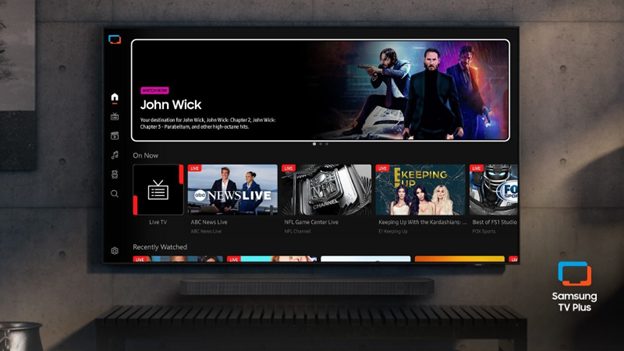SBE Asks for Reconsideration of FCC 2 GHz DoD Uplink Report and Order
The Society of Broadcast Engineers (SBE) took issue with the FCC's Seventh Report and Order (R&O) allowing the Department of Defense (DoD) to share the 2,025-2,110 MHz band with the Broadcast Auxiliary Services (BAS) in exchange for DoD clearing 1.7 GHz spectrum for Advanced Wireless Services. In its Petition for Reconsideration SBE said the Seventh R&O "seriously mis-states the SBE position."
The FCC's characterization of SBE's position that the DoD uplinks could share 2 GHz spectrum with the TV BAS once the BAS operations had been converted to digital COFDM was a "gross and serious distortion of the SBE comments," according to the petition. In addition to BAS operations converting to digital, side lobe suppression of the large DoD uplink antennas had to be improved by 30 dB or so by adding a "pie plate" shroud around the dish. "These two steps, in combination, would likely improve the desired-to-undesired (D/U) signal ratio between the desired TV BAS signal at an electronic news gathering receive only (ENG-RO) site and the undesired DoD uplink signal by 60 dB or so," SBE explained. This would change the relationship between the DoD uplinks and TV BAS from frequency sharing, where only one user can operate on the same frequency in the same area at the same time, to frequency reuse, where both the uplink and TV BAS could simultaneously use the same frequency.
While adding a shroud to existing DoD uplink antenna might be expensive, SBE argued it was "an entirely reasonable expense that should be borne by DoD as one of the entry requirements for being allowed to operate co-channel with 2 GHz BAS. SBE restated that any DoD uplink antenna using the 2,025-2,110 MHz TV BAS band must have a side lobe suppression of at least -90 dBc.
SBE's petition explained that construction of shield berms around the uplink site, one of the mitigation measures discussed in the Seventh R&O, is unlikely to work. The berms would restrict the look angles of an uplink dish, but low elevation look angles are often needed to communicate with non-geostationary orbit satellites. Even if the low look angles were sacrificed, the berms wouldn't prevent ENG receive only sites located on top of tall buildings and mountains from having line of site to the dish.
The FCC doesn't understand the relationship between TV BAS and DoD uplink operations, SBE noted, when it states in the Seventh R&O that TV BAS operations would have to protect DoD operations. As stated in SBE's earlier comments, "terrestrial TV BAS stations are not remotely an interference threat to the DoD receivers on board an orbiting military satellite, but a high-power DoD uplink is a serious interference threat to nearby ENG-RO sites.
"SBE is shocked that the Commission still apparently doesn't understand the grossly unequal relationship that would be created: The interference threat would be entirely from DoD uplinks to TV BAS. It is for this reason that only frequency re-use, and not frequency sharing, should be considered."
The arbitration procedures in the Seventh R&O sounded like an un-equal playing field to SBE. "It implies that if DoD insists on converting an uplink to 2,025-2,100 MHz (or, alternatively, adding frequencies in that band, in addition to existing 1.8 GHz space-ground link system (SGLS) frequencies), and local broadcasters object, on the grounds that, say, most of their ENG-RO sites have line-of-sight to the DoD uplink antenna, that DoD will be permitted to do an 'end run' around the frequency coordination process, leaving out the local broadcaster, and simply get NTIA and the FCC to allow the newcomer uplink, regardless of the interference that would be caused." SBE asked the FCC to clarify "where no reasonable coordination can be negotiated." SBE described potential problems with the Buckley AFB uplink. According to SBE, every one of the Denver area ENG-RO sites have line-of-sight to that uplink, so frequency sharing would never be feasible, only frequency re-use.
SBE asked the FCC to confirm that a DoD uplink must demonstrate that it protects ENG receive-only sites as well as 2 GHz fixed links. SBE said it was unclear whether the FCC meant TV pickup (ENG) operations are not entitled to protection from interference or meant its rules do not explicitly state how a fixed station such as the uplink would demonstrate protection of ENG receive only sites.
For a summary of the Seventh Report and Order (R&O) and a list of the DoD operations where 2 GHz operations are allowed, see RF Report for October 26, 2004. For details on SBE's concern, see its Petition for Reconsideration.
The professional video industry's #1 source for news, trends and product and tech information. Sign up below.
